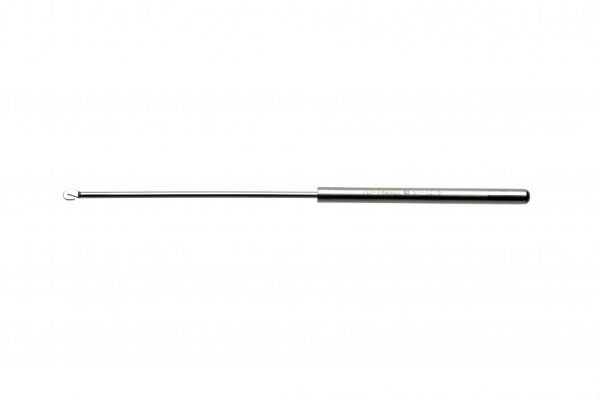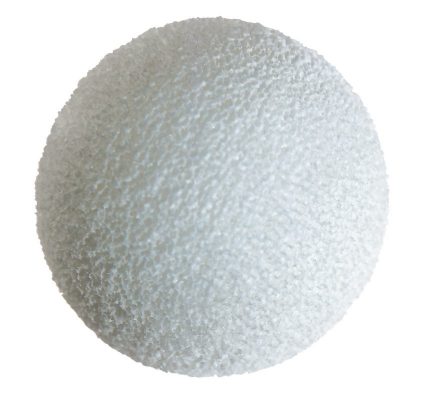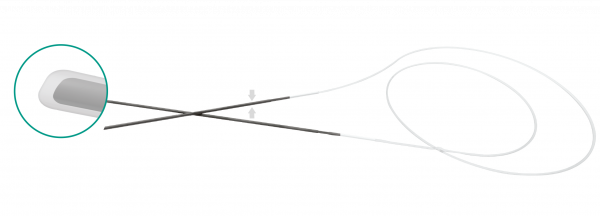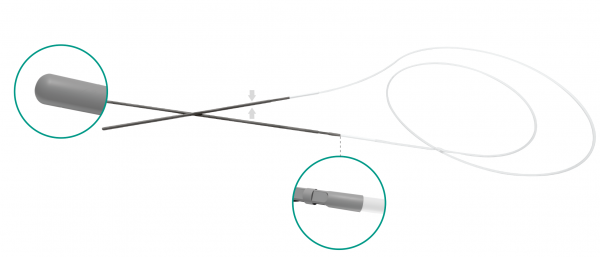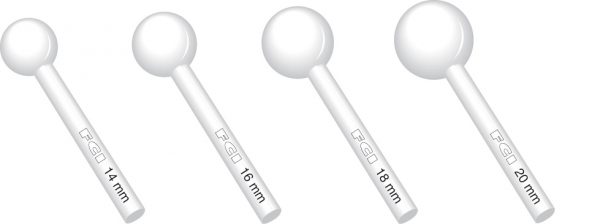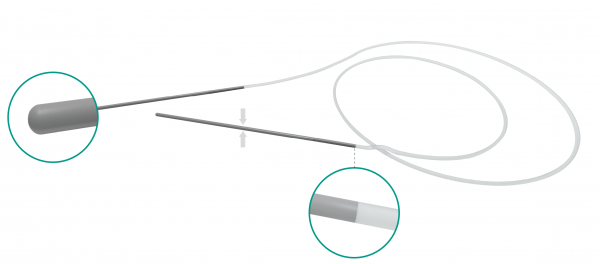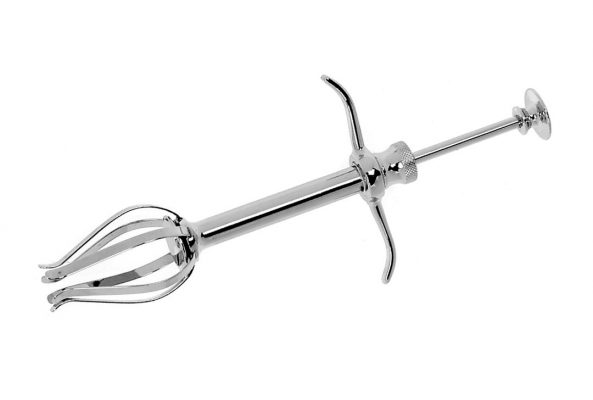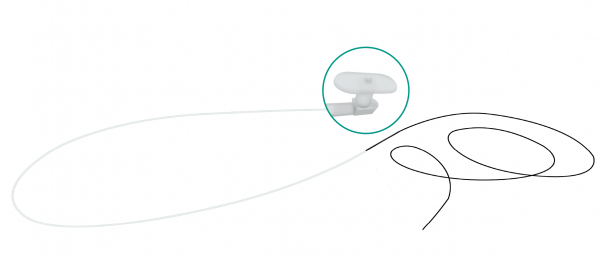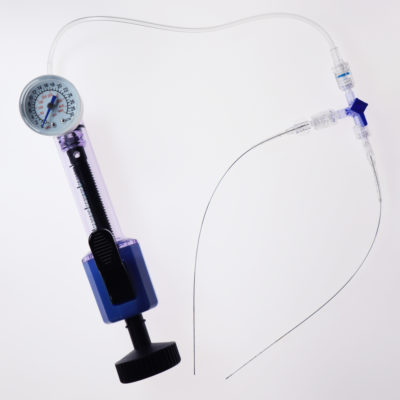
Ophtacath® is a lacrimal duct balloon catheter kit indicated for the dilation of an obstructed nasolacrimal duct. The balloon catheter works with a disposable inflation system to dilate the obstructed nasolacrimal duct, effectively treating the symptoms of epiphora. It consists of a semi-flexible stainless stylet covered by a tubing and finished by a Nylon Polyn® […]

